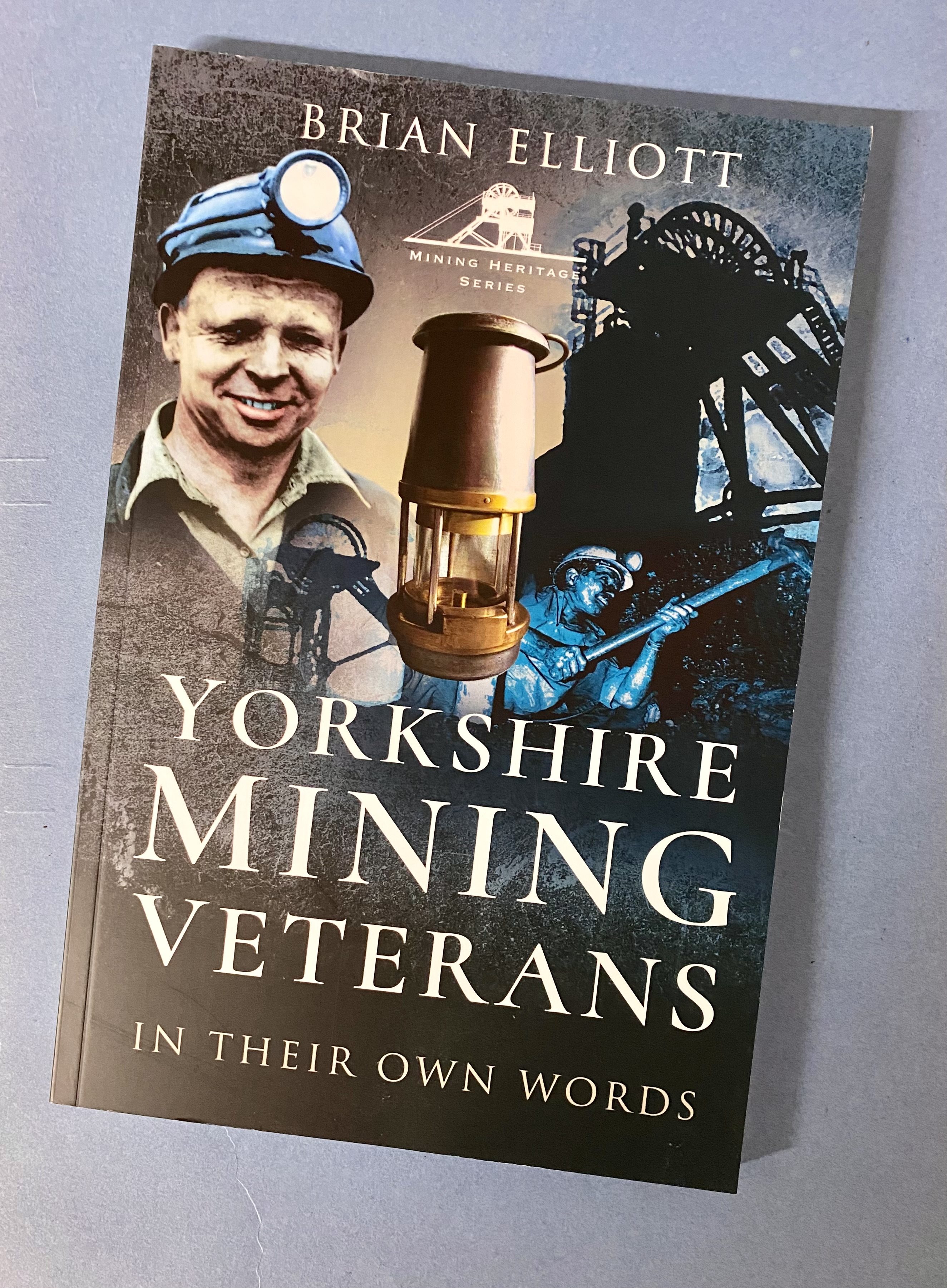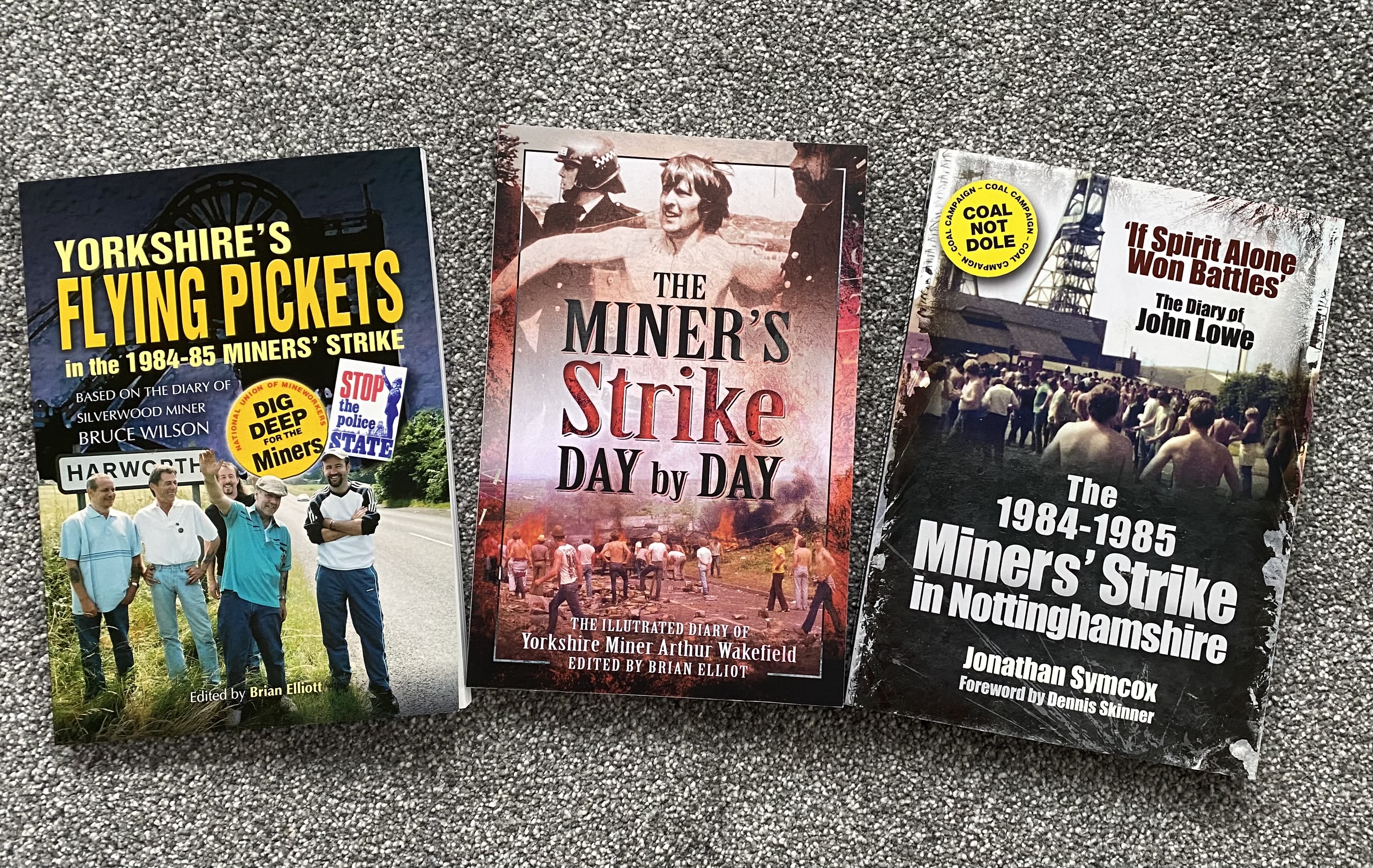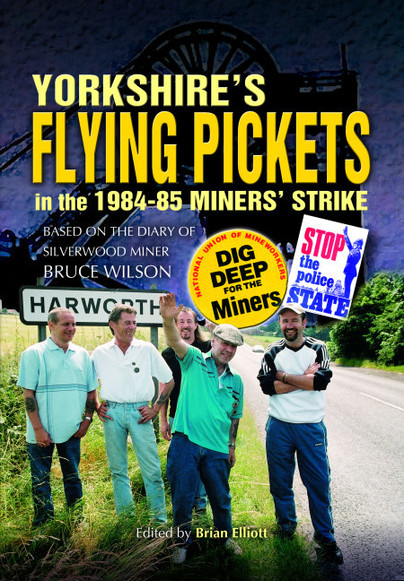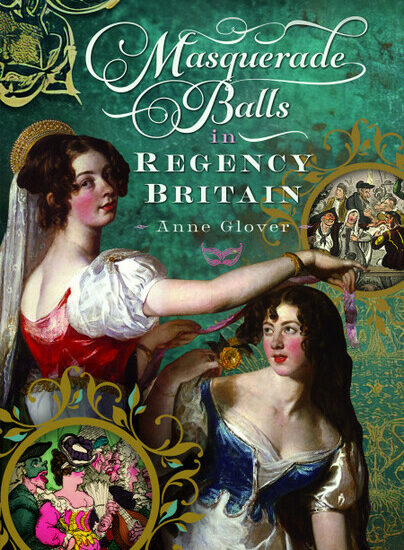The Miners’ Strike 40 years on: Brian Elliott
Pitched battles, flying pickets and devastated communities: The ’84-’85 Miners’ Strike 40 years on

‘There were no lengths that the government would not go to get the miners down. We were prisoners in our own village (Brampton, Wombwell]. Phones were tapped. It was obvious. As soon as we set foot outside we were followed…’. Mick Carter, Cortonwood NUM Delegate, 2003.
All over Britain but especially in former coalfield areas, there are events and exhibitions taking place (or soon to start) to mark the most significant industrial dispute in living memory, perhaps in working-class history: the 1984-85 miners’ strike. Of the major exhibitions, a year-long one scheduled at the Caphouse Colliery, National Mining Museum for England, is likely to attract thousands of visitors. Also look out for strike-related special events there including workshops. Do check ncm.org.uk for information and updates, and of course opening and access details.
Since my own writings about the miners’ strike first appeared in the 1990s, the bibliography of the subject has expanded enormously. Students and teachers now have the luxury (or problem) of accessing a huge body of printed and online material — plus lots of recorded memories and numerous film sources. The latter includes drama, novels and poetry as well as film documentaries. Poet Andrew McMillan’s first novel Pity, is already attracting excellent reviews.
Two striking (please excuse my pun) film examples immediately enter my head. James Graham’s compelling and much acclaimed crime drama series for the BBC, Sherwood, was first aired in June 2022. The cast includes David Morrissey, Joanne Froggatt, Robert Glenister, Lesley Manville and Alun Armstrong, and the story is based on two unconnected murders that actually took place in 2004. Set in Ashfield, north Nottinghamshire, very much a ‘hot location’ in 1984-85, its sequences encapsulate a lot of the divisive impact that the strike had in some communities; and its ominous opening sequences included actual footage of a typically charismatic and animated Arthur Scargill ‘in full flow’. Interestingly, Manville, when she was a student, spent some time in Barnsley, running workshops for the wives of local miners.
Another new film with even stronger Barnsley connections, though set in the North East, is The Old Oak, on general release in 2023 and introduced at the Cannes Film Festival earlier. It’s the creation of veteran filmmaker Ken Loach, aged 87, who rose to prominence back in the 1960s with Poor Cow (1967) and Kes (1969), the latter his adaption of Barry Hines’s novel A Kestrel for a Nave. In cinema polls Kes is ranked as one of the finest films ever made, many of the sequences (and indeed performers) coming from the Barnsley area. Loach’s new work, perhaps his last, has received excellent reviews (and more importantly praise by my retired English teacher friend Dave) and is set in what Loach rightly calls a ‘pivotal’ period of British history: the year-long miners’ strike. Can’t help also thinking of Billy Elliot (2000) with its North East locations and of course the classic film — with a Grimethorpe backdrop — Brassed Off (1996).
To get even further up to date, two television film documentaries have just surfaced, like a pair of miners spilling out of the cage at the end of shift. Channel 4’s broke first, a three-parter: The Miners’ Strike 1984: The Battle for Britain. At first I groaned, thinking it was yet another Thatcher v Scargill ‘at war’ film. But no, it really does make use of miners’ voices, and also their wives and a few ‘ancillaries’ too. Memories do fade but will always remain vivid for those badly effected by their experiences. One or two, like Great War veterans, spoke for the first time publicly — and with great emotion. The divisive nature of the strike in some communities was targetted in the first episode, using the small Derbyshire village of Shirebrook, a ’50/50′ (for and against) place in 1984. My understanding is that the first episode — to some of the miners involved — disappointed due to the footages that were excluded, despite assurances; and also because of the over emphasis on ‘scab’ testimony. Another downside was not really showing how devastating the strike was on mining communities. Must say I found the second episode — featuring Orgreave — absolutely compelling. Have yet to view the final offering.

The other major documentary — feature length — directed by Ben Anthony, is Miners’ Strike: A Frontline Story, by BAFTA-winning filmmakers The Garden, well known for making ‘real life’ and ‘nature’ series (eg Wilderness), 24 Hours in Police Custody (see: thegarden.tv). First broadcast on 18 February (BBC2 at 9pm) and available on iPlayer afterwards. This film is one that I’ve had some input, having spent research and planning time with one of the producers, Simon Bunney. Simon was introduced to my friend Bruce Wilson, the former Silverwood miner whose diary I adapted for Yorkshire Flying Pickets in the 1984-85 Miners’ Strike (2004), a book that has been very well received in former mining communities. Bruce was subsequently interviewed for the film which features a variety of other ‘first-hand’ and ‘front-line’ contributors.
Regarding online sources and postings, if you can access it I would recommend the day-by-day approach adopted on X (formerly Twitter) by @miners_strike. And dare I say for local material my own postings via @BElliottAuthor which will continue throughout the year-long anniversary period. Here are just four early reactions:
‘My dad worked all his adult life at Hickleton Colliery. Closing the mine literally ripped the heart out of my home. The village we lived in died overnight. The shops all shut. Everything boarded up. We had donated Xmas presents. I’m proud to be a miners’ daughter. ‘ (Tina)
‘The miners’ strike is perhaps the most shameful period of this country’s 20th century history’ (a Councillor)
‘Orgreave. Still raw. Still breaks my heart. The police went mad, like a paramilitary force in a dictatorship’ (Debra)
‘I was just an idealistic angry twenty something shaking a bucket in London at the time, no real experience of the suffering of the people I was collecting for — but certain of their bravery and righteousness. Names like Cortonwood instantly evocative of that time.’ (Jamie)
The 40th anniversary of the strike is a special landmark in the sense that — realistically speaking — it will the last great opportunity for living memories on a fairly large scale to be aired. For the next big commemoration, the 50th, surviving miners will have dwindled markedly, the majority of survivors likely to be in their 80s at the very least. But like Great War veterans their voices will continue to be heard and hopefully recorded and stored in archives and museums for future generations.
Lives changed irrevocably, families became even more close or got torn apart and some communities were so devastated that they never really recovered. The reason was self evident. The closure of a colliery attacked the heart in the body of a pit village. Facilities and social harmony got so strained that rehab was in many cases both painful and long. Fast forward to 2015 and the closure of Big K, Britain’s last deep mine. Several burly miners as they exited the cage — in full glare of the media lights — were so emotional that they cried. Not so much as it being a historic moment but saddened to think of lost camaraderie.
It’s been a great privilege for me to be involved in the publishing of four detailed first-hand accounts of the strike through the diaries of former miners. Each extract, usually written on the day or day after events combine the kind of immediacy and honesty that may be missing or even ‘corrupted’ in much later oral testimony due to the passing of so many years. All four in various formats are still available via Pen and Sword the Barnsley-based publishers and bookshops, such is their continued popularity.
Memories do wane and misinformation can occur but carefully interpreted oral history will or should remain an important source on the history of the miners’ strike. Their voices are of immense value in my view, a dimension that enhances a huge body of sources including photographic and ephemera and museum collections and of course film footage.
I was certainly glad to be able to record the memories of several miners about the strike back in the early 2000s, for my book Yorkshire Mining Veterans (2005). The book, still available if ordered, includes several key interviews, perhaps most notably regarding Mick Carter, the NUM Delegate at Cortonwood Colliery, who was an important figure in the dispute in South Yorkshire, and subsequently sought by the media locally and nationally until his premature death in 2004.
The haunting battle for Orgreave: 18 June 1984
As time passes, and more information comes to light, I find it very difficult to write about Orgreave in a rational manner. Emotion takes over as does anger of what actual happened on the day and beforehand. Go there today and you will see a totally changed landscape, unimaginable forty years ago. Pleasant housing and open spaces please the eye. A futuristic ‘science park’ is laid out California style. It’s not akin to a battlefield visit to the Somme: countryside pleasant enough to look at until you dig deeper into the history and listen to voices and film as to what it was really like years ago.
About six thousand pickets from Yorkshire assembled close to the coking plant and around two thousand more came more from places as distant as Scotland and Kent. We will never know the exact number. Many arrived by shared cars untroubled by expected police barriers and diversions. I keep thinking about the trap that the miners were ‘welcomed’ into, even guided there by the police, carrying out orders from above. All the detailed battle planning was put in place, concerning transport and equipment, custody vehicles, shields and helmets; and not forgetting video cameras and communication systems. The captures and the snatches appear to have been well rehearsed too.
Then the random arrests and charges were dished out for ‘rioting’. Some miners who came to peacefully protest faced jail sentences of at least fifteen years under the implementation of the Riot Act. On the battlefield there was a plethora of bloody heads and faces, broken bones, sprains and bruises, abandoned coats and caps. Some ‘bodies’ were dragged, others — with force — ‘walked’ to custody vans. Miners were chased through the streets and fields by ‘the cavalry’: mounted police carrying shields and waving batons.
Think battle noise, a lot of shouting and cursing.
The most famous photograph taken at Orgreave was John Harris’s amazing image of a young women, Lesley Boulton, being assaulted by a mounted policeman. A few years ago I met Lesley who recounted her experience to me.
Surreality and reality merged. Scores of miners scrambled down a steep, dangerous railway embankment, some tumbling over as though they were contestants in an Easter egg rolling race, a scene captured by my friend Arthur Wakefield. A few jumped into the river Rother and drainage ditches containing dirty water. And sounds of hurting. Some young lads shielded themselves behind an ice-cream van. The wall of noise was like a raging volcano interspersed with intermissions of uneasy calm.
Getting home was a priority for most of those who had reached Orgreave.
That evening, the warped media accounts of what really happened caused yet more pain and anger for the protesting participants, the main BBC evening news reversing film footage showing miners throwing missiles at police before rather than after what actually happened.
Outbox
Orgreave: The re-enactment or English Civil War (Part II)
Can Orgreave be seriously be compared to a historical battle? Well I always thought not until 17 June 2001 when invited by artist Jeremy Deller as an observer and exhibitor at his ‘Battle For Orgreave’ re-enactment event. The scenes recreated, albeit in contrasting weather conditions than the hot summer’s day in 1984, were extremely realistic. Participants included former miners who were there in 1984, local volunteers, Viking and Civil War re-enactors and even a smattering of former police officers, about 800 volunteers in all, assembled on a wet muddy field initially. It was only a tenth of the attendance in ’84 but spectacular to watch just the same. Deller’s aim was to create ‘living history’, to show that Orgreave really was in the same league as some of the great battles in English History. And I think he achieved this, as did many of the post-event media reviews nationwide. For Deller, an emerging contemporary artist with openly socio-political influences, it was a great justification for ‘recreating history’ in order to understand it better. A bit like archaeologists’ demos of ancient crafts and recreation of old buildings. Deller won the prestigious Turner Prize for other work in 2010 but will always be remembered by many of us for his Orgreave recreation.
End box
Dirty politics, ruined lives and shattered communities
What made the ‘Great Strike’ so different to any previous major dispute in the coal industry was that it was not about pay or even working conditions – but about jobs and communities, and a way of life and imbedded culture that would never properly recover if pits were unfairly closed. That was the heart and soul of it all.
The government had planned to announce the closure of twenty pits with a loss of 20,000 jobs. This, they thought, would trigger a national ballot for strike action and the miners would not get the necessary percentage of votes for strike action. Matters got warped however in Yorkshire when on 1 March 1984 the manager at Cortonwood was informed by the NCB Area director that his pit was to close ‘on economic grounds’ — as soon as 5 April. This despite a new face being due to commence on 12 March. The cat was out of the bag. Cortonwood downed tools on 5 March and Pit Lane, Brampton spawned its first picket preparation.
Cortonwood is often quoted as the the spark that ignited the wider strike. But strictly speaking, at Polmaise in Scotland, a strike had taken place from 21 February and there was an ongoing overtime ban in parts of Yorkshire and ongoing industrial action at the large Manvers Complex in the Dearne valley, not far from Cortonwood. Whatever, for many, Cortonwood was the main starting gun.
The government’s actual secret plan was to drastically run down the coal industry, closing as many as 75 mines and reducing the workforce by at least a quarter, part of the overall strategy of Margaret Thatcher and her inner cabinet to badly damage the power and influence of the NUM and indeed ‘industrial unions’ as a whole. Known about and quoted by Arthur Scargill, it was far from hidden news, though was not officially confirmed until the release of secret cabinet records many years later. The government’s policy was formulated in the wake of the fall of the Heath government ‘due to the miners’ in 1974. That is why Ian McGregor the ‘crusher of the steelworkers’ had been appointed by the NCB (really Thatcher) on 1 September 1983. And why coal stocks were strategically accumulated. A little further on in time, police were given special riot training by way of preparation.
Mick Carter was badly treated by the management at Silverwood where he worked after the strike but after redundancy he went on to complete graduation at university and embark on postgrad research before his premature death. Pugnacious but honest and amenable, I will never forgot my interview with him.
In wider mining communities, lives and society changed forever. No question. The 1984-85 strike will always summon contrasting viewpoints among academics, journalists and ordinary folk but the recorded voices and writings of the miners will stand the test of time.

You can order titles by Brian Elliott here.


